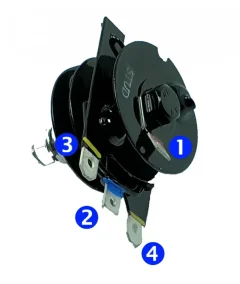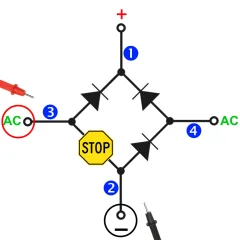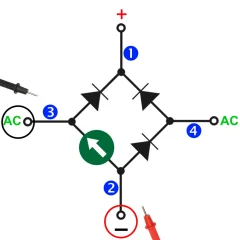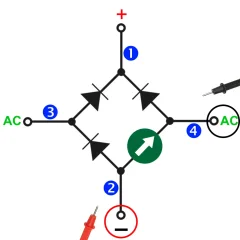batrider
VIP MEMBER
- Joined
- Aug 9, 2008
- Messages
- 2,428
Dyno Dave has a nice graph of the Zener curve on his Atlantic Green website. With 21V in through 1K and measuring around 14V the Zener current is only about 7 milliamps or in the mud at the bottom part of Dave's graph. So looking at the first rise where the Zener starts to conduct, your voltage readings look like they are in the ballpark to me. You are testing at a very low current but the diodes are likely to be fine.
http://atlanticgreen.com/images/zener.gif
http://atlanticgreen.com/images/zener.gif











